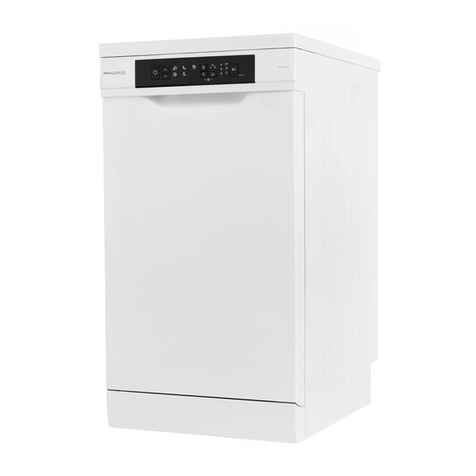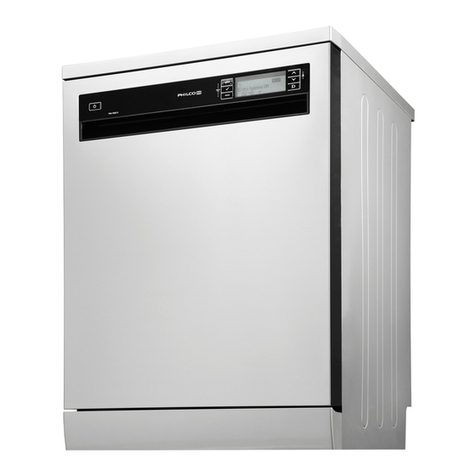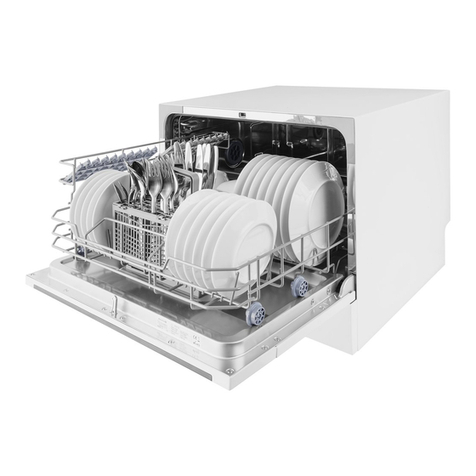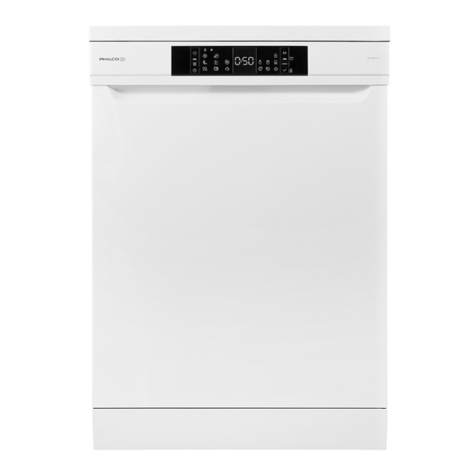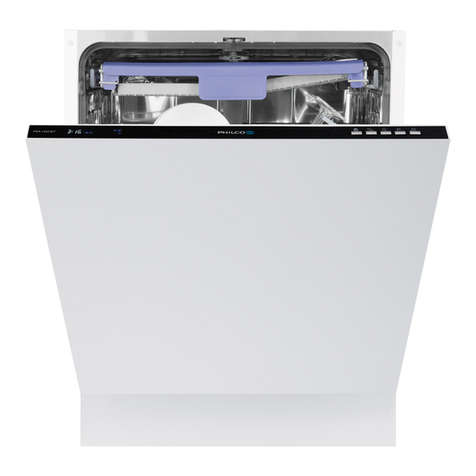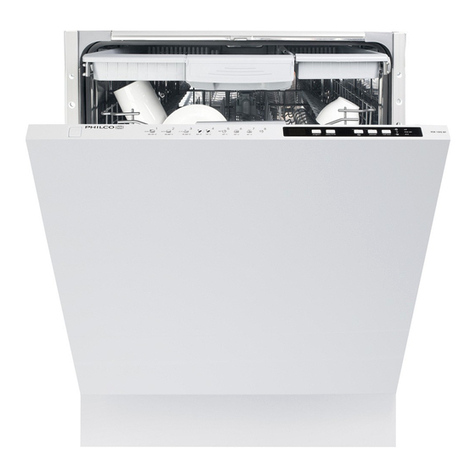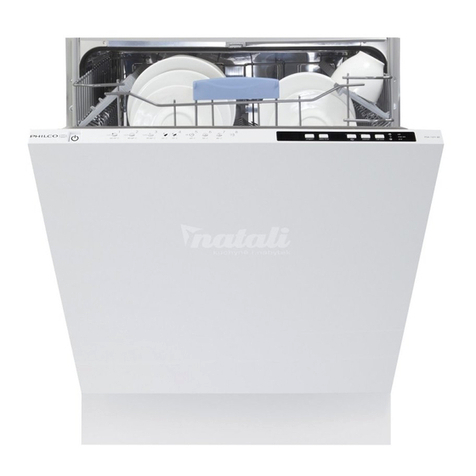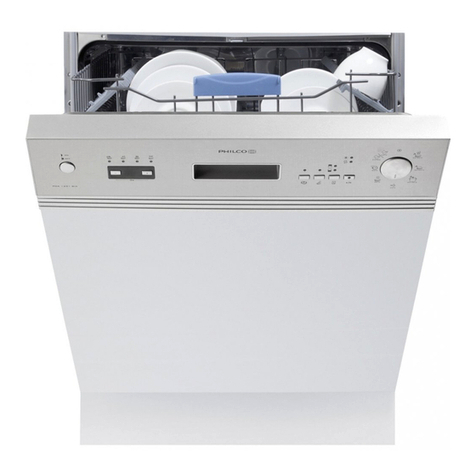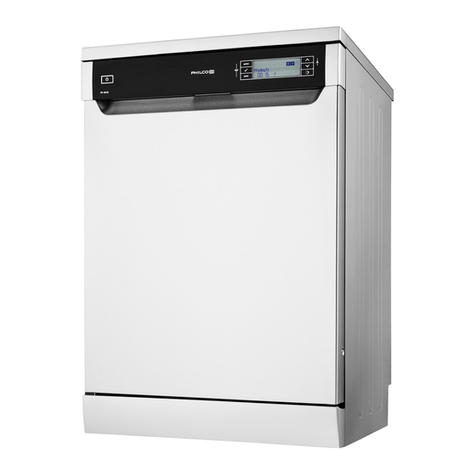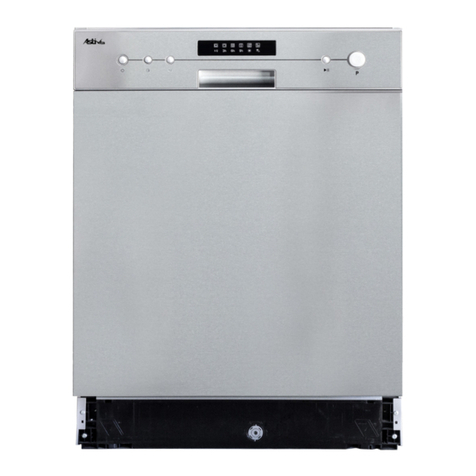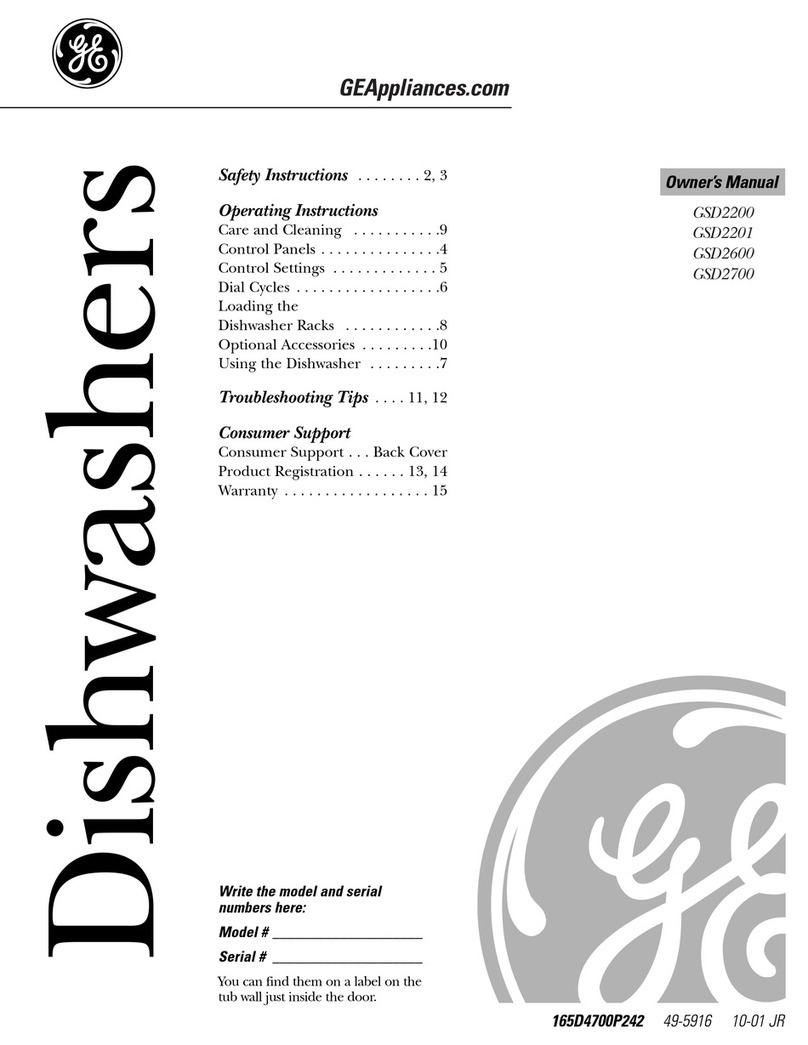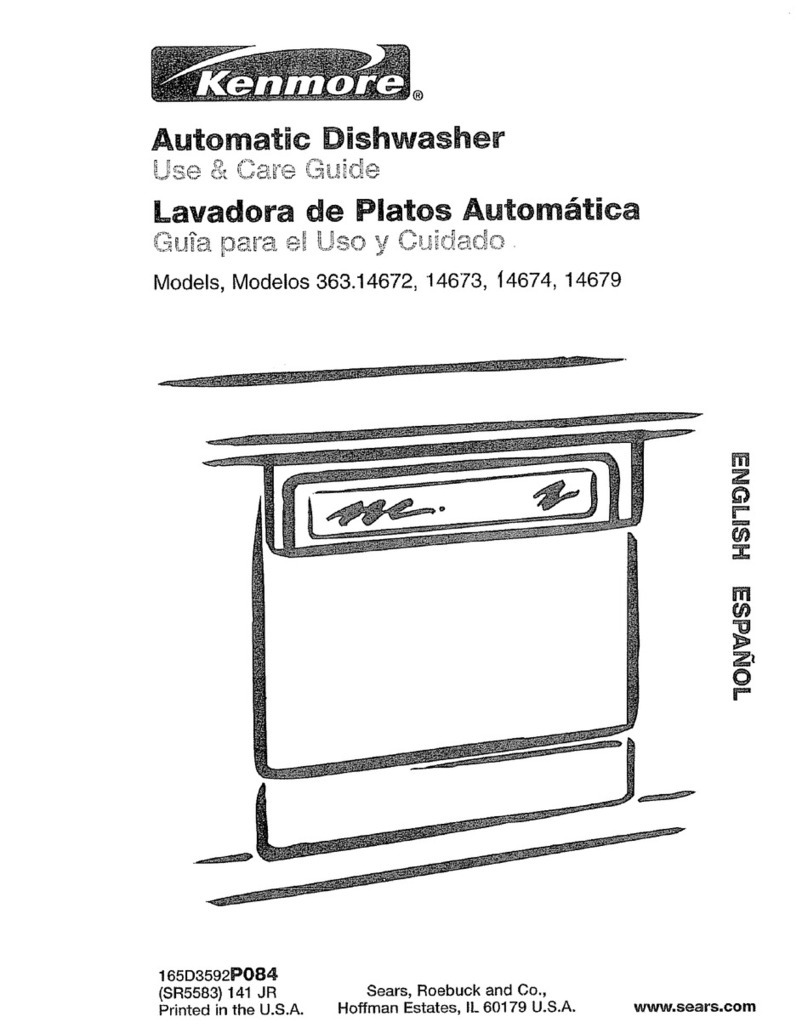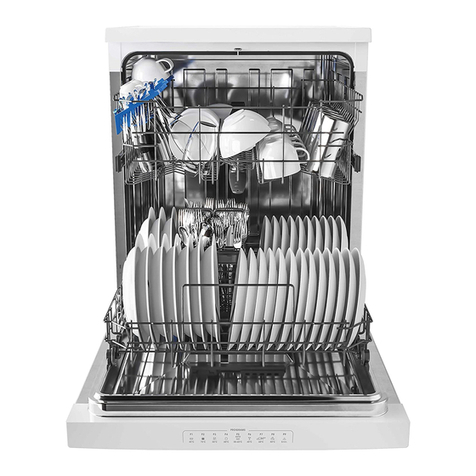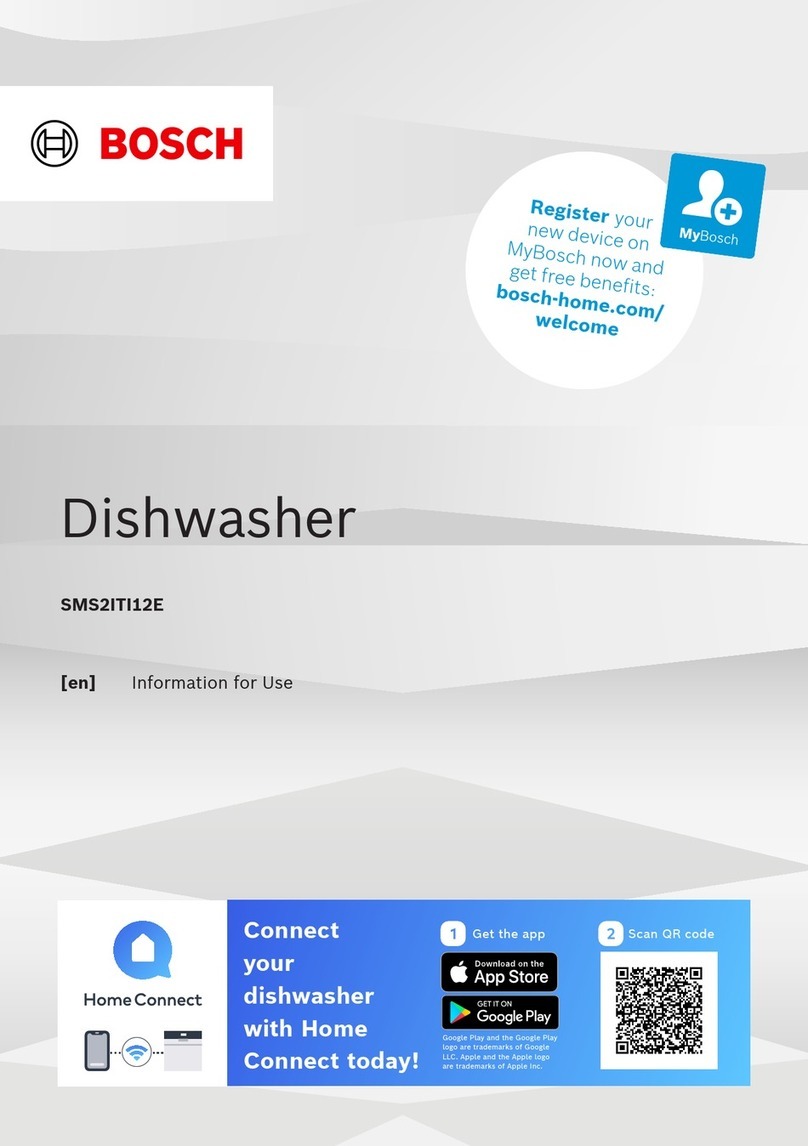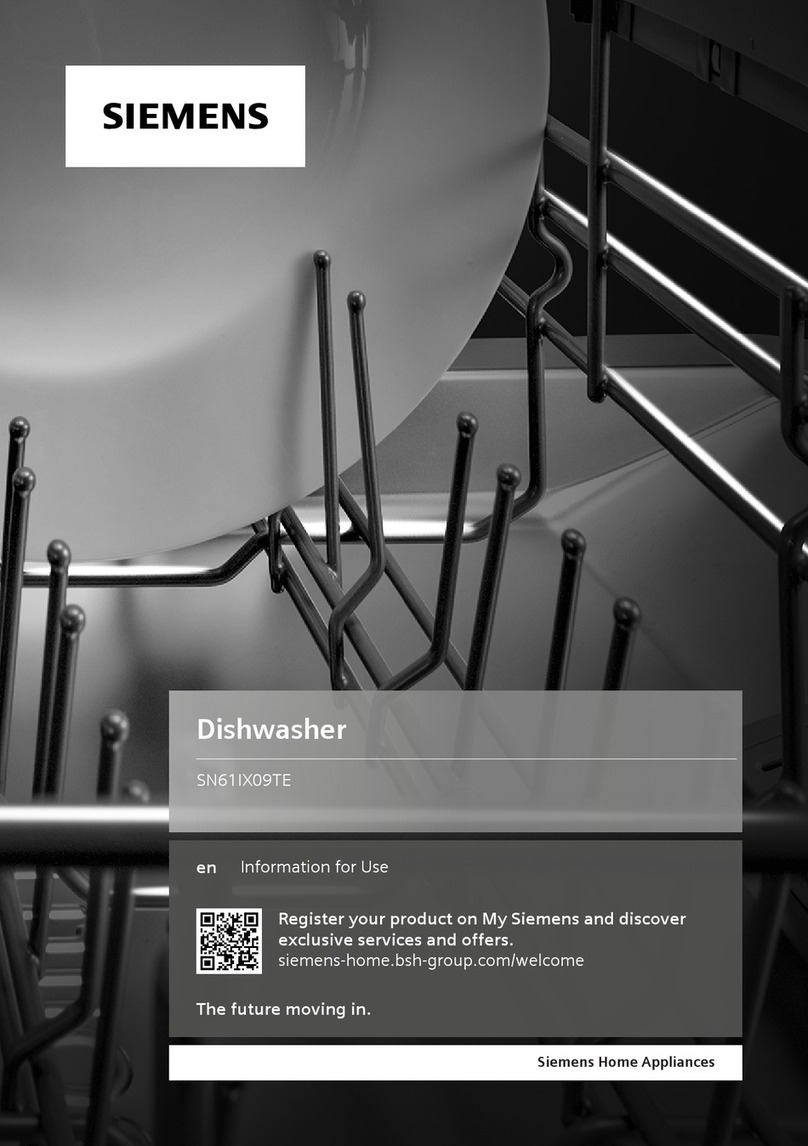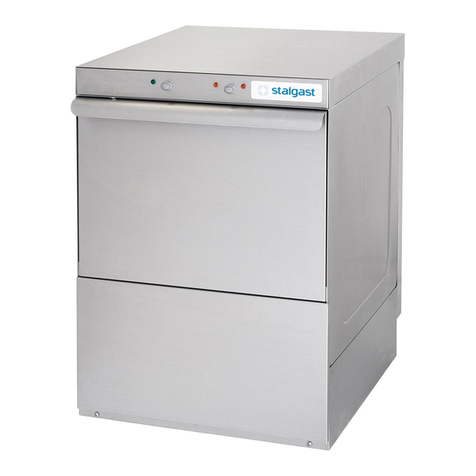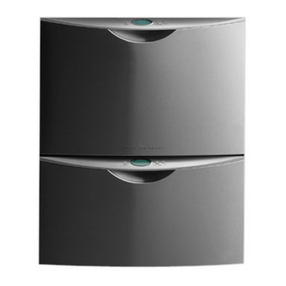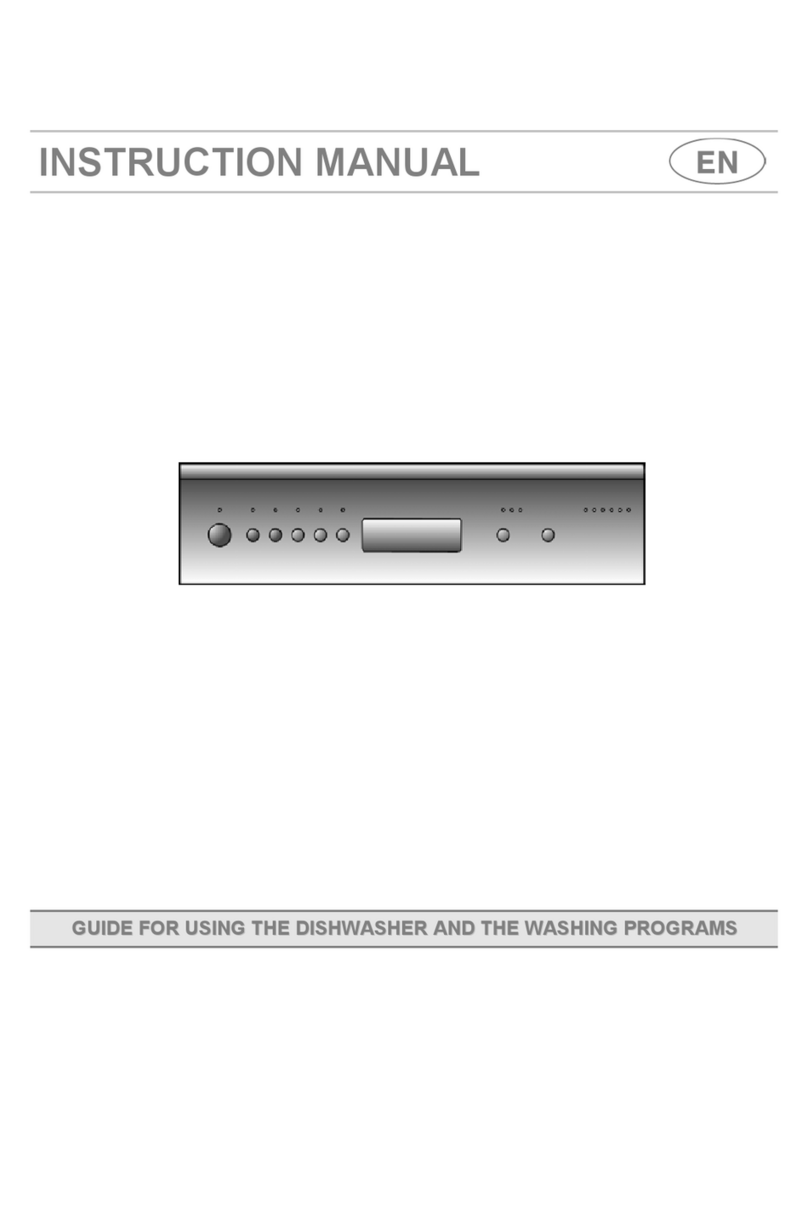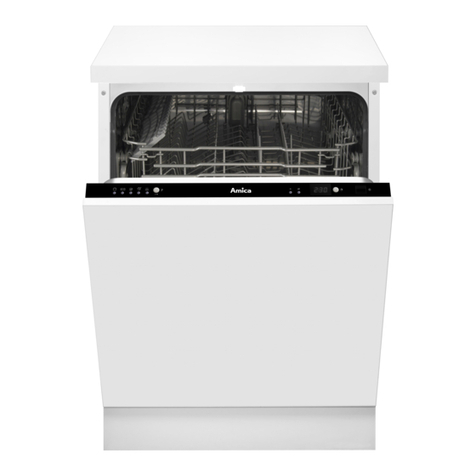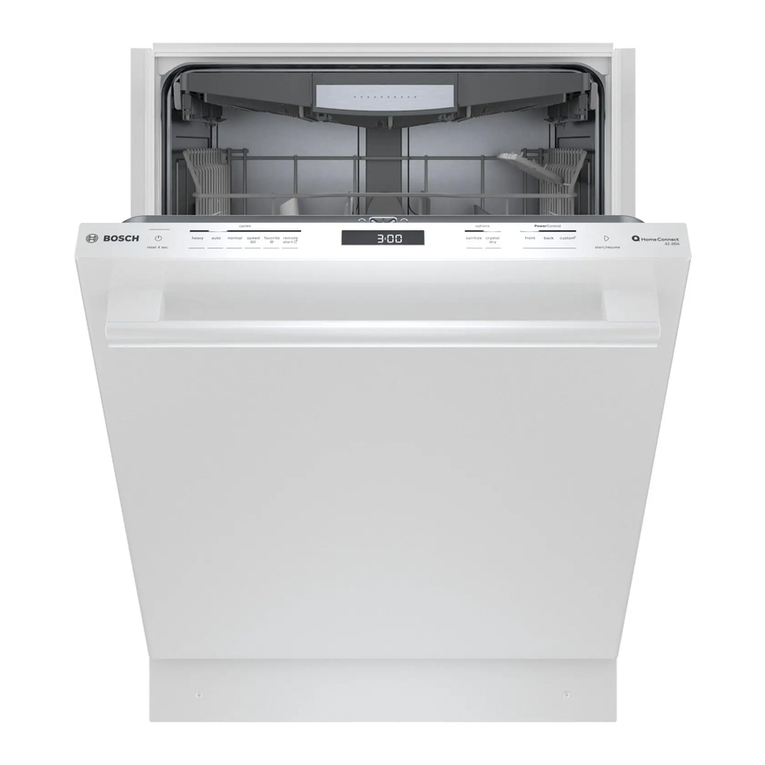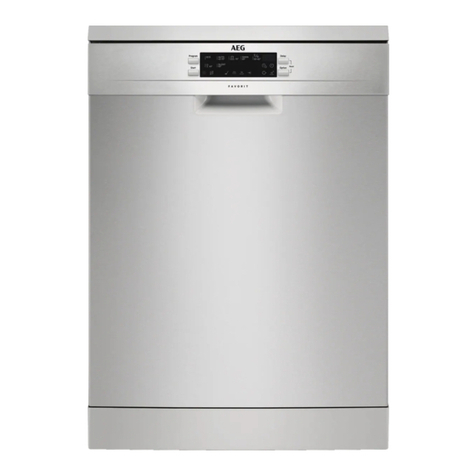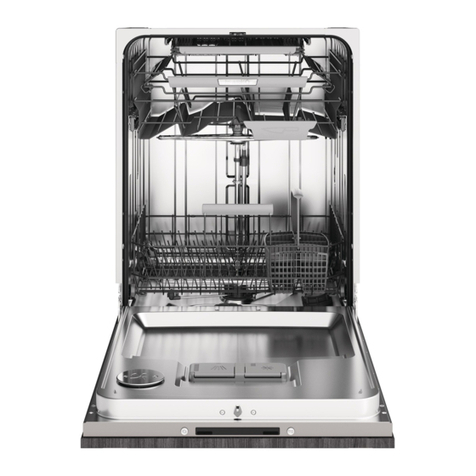
EN - 1
03/2011Copyright © 2011, Fast ČR, a. s.
CONTENTS
PART 1: BEFORE PUTTING INTO OPERATION................................................................................................. 2
• Important safety instructions.....................................................................................................................................................2
PART 2: DESCRIPTION OF THE PRODUCT....................................................................................................... 5
PART 3: INSTALLATION.................................................................................................................................... 6
• Unpacking.........................................................................................................................................................................................6
• Placement..........................................................................................................................................................................................6
• Electrical connection.....................................................................................................................................................................7
• Water supply.....................................................................................................................................................................................7
• Connecting the drain hose..........................................................................................................................................................8
PART 4: CONTROL PANEL .............................................................................................................................. 10
• Before rst use .............................................................................................................................................................................. 10
• Water softener .............................................................................................................................................................................. 10
• Adding salt into the salt container........................................................................................................................................ 12
• Adding rinsing aid....................................................................................................................................................................... 13
• Function of the detergent ........................................................................................................................................................ 15
• Dosage of the detergent........................................................................................................................................................... 16
PART 5: WASHING DISHES / CUTLERY .......................................................................................................... 18
• Filling the upper rack.................................................................................................................................................................. 19
• Filling the lower rack ..................................................................................................................................................................19
• Setting the upper rack ............................................................................................................................................................... 21
• Tilting down the tines in the lower rack..............................................................................................................................21
• Basket for cutlery ......................................................................................................................................................................... 22
• Turning on the appliance / starting a washing program .............................................................................................. 23
• Changing a program .................................................................................................................................................................. 24
PART 6: MAINTENANCE AND CLEANING...................................................................................................... 25
• Filtration system........................................................................................................................................................................... 25
• Installing the lter ....................................................................................................................................................................... 25
• Cleaning the lter........................................................................................................................................................................ 26
• Dishwasher care ........................................................................................................................................................................... 27
• Protection against frost............................................................................................................................................................. 27
PART 7: PREVENTION OF MINOR MALFUNCTIONS ..................................................................................... 29
• Error codes ..................................................................................................................................................................................... 31
PART 8: TECHNICAL SPECIFICATIONS........................................................................................................... 32




















